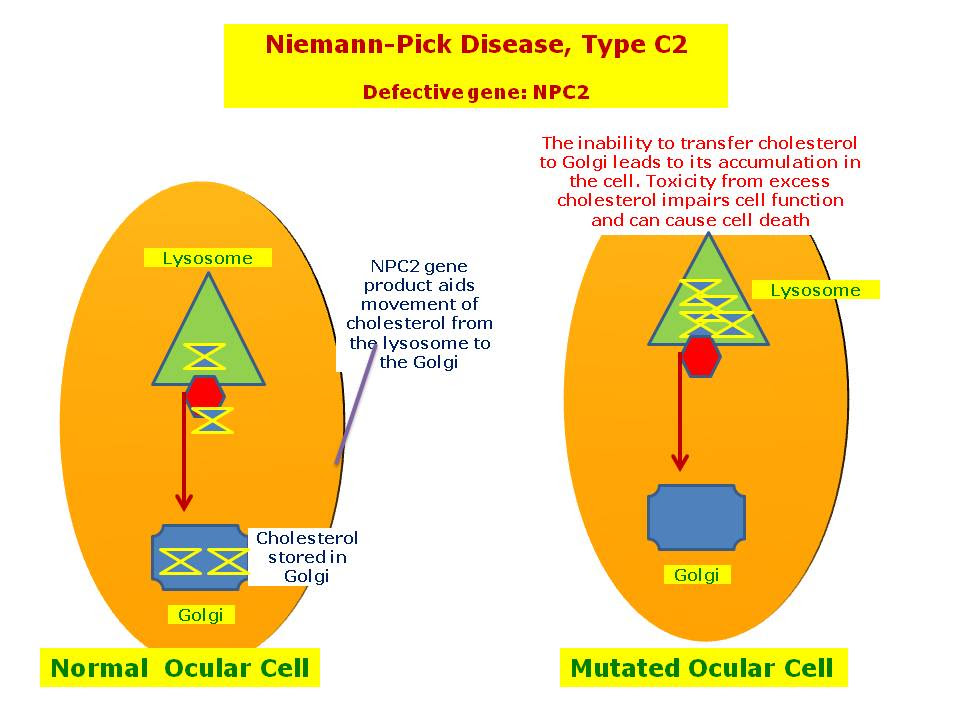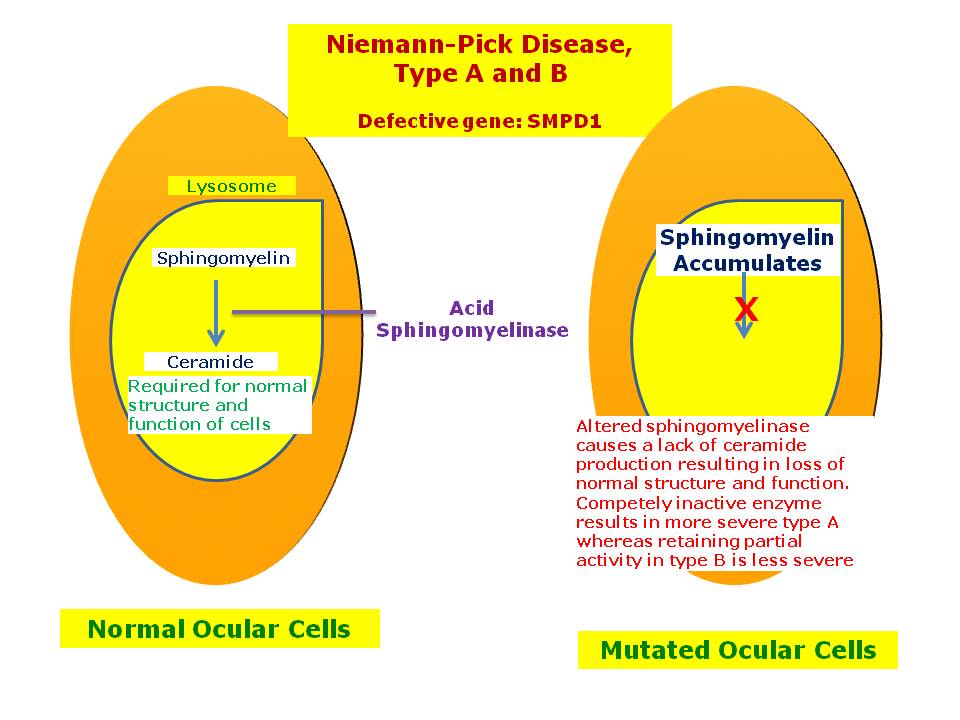Niemann-Pick Disease, often abbreviated as NPD, is a group of rare genetic disorders that affect the body’s ability to metabolize fats, or lipids, within cells. This condition leads to the accumulation of harmful amounts of lipids in various organs, including the liver, spleen, and brain. The disease is classified into several types, each with its own set of symptoms and progression patterns. In this article, we will delve into the causes, symptoms, diagnosis, and treatment options for this complex disorder.

What is Niemann-Pick Disease?
Niemann-Pick Disease is a lysosomal storage disorder. Lysosomes are small structures within cells that act as the cell’s recycling center, breaking down waste materials and cellular debris. In individuals with this disease, a specific enzyme required to break down certain lipids is either missing or not functioning properly. As a result, these lipids accumulate within the lysosomes, causing the cells to malfunction and eventually die.
Types of Niemann-Pick Disease
- Type A: This form primarily affects infants and is characterized by severe neurological problems. It often leads to early mortality.
- Type B: Unlike Type A, this form does not involve significant neurological symptoms. Instead, it primarily affects the lungs and liver, leading to respiratory issues and organ enlargement.
- Type C: This type can present at any age and involves both visceral and neurological symptoms. It is marked by difficulty in coordinating movements and progressive neurological decline.
Causes of Niemann-Pick Disease
The root cause of this disease lies in genetic mutations. These mutations are inherited in an autosomal recessive pattern, meaning that both parents must carry a copy of the defective gene for their child to be affected. When both copies of the gene are mutated, the body cannot produce the necessary enzymes to break down lipids effectively.
Genetic Mutations Involved
- Sphingomyelinase Deficiency: Types A and B are caused by mutations in the SMPD1 gene, which leads to a deficiency in the enzyme sphingomyelinase.
- Niemann-Pick Type C Proteins: Type C is caused by mutations in either the NPC1 or NPC2 genes, which disrupt the transport of cholesterol and other lipids within cells.
Symptoms of Niemann-Pick Disease
The symptoms of this disease vary widely depending on the type and severity of the condition. However, some common symptoms are observed across different types.
Common Symptoms
- Enlargement of the liver and spleen
- Difficulty in feeding and swallowing
- Developmental delays and intellectual disability
- Seizures and muscle stiffness
- Respiratory infections and breathing difficulties
Symptoms Specific to Each Type
Type A: Infants with this type may exhibit jaundice, loss of motor skills, and failure to thrive. Neurological deterioration is rapid, leading to death in early childhood.
Type B: Individuals with this type may experience chronic lung disease, frequent respiratory infections, and gradual liver dysfunction. Neurological symptoms are typically absent or mild.
Type C: This type presents with a wide range of symptoms, including vertical gaze palsy (difficulty moving the eyes up and down), dysarthria (slurred speech), and ataxia (loss of coordination). Cognitive decline is also common.
Diagnosis of Niemann-Pick Disease
Diagnosing this disease can be challenging due to its rarity and the variability of symptoms. Early diagnosis is crucial for managing the condition effectively.
Diagnostic Procedures
- Blood Tests: These tests can measure enzyme activity levels in the blood, helping to identify deficiencies associated with Types A and B.
- Genetic Testing: DNA analysis can detect mutations in the genes responsible for all types of the disease.
- Bone Marrow Biopsy: This procedure can reveal characteristic lipid-laden cells known as “foam cells.”
- Imaging Studies: MRI and CT scans can help assess organ enlargement and neurological damage.
Treatment Options for Niemann-Pick Disease
Currently, there is no cure for this disease. Treatment focuses on managing symptoms and improving quality of life. Research is ongoing to explore potential therapies that could address the underlying genetic defects.
Supportive Care
- Physical Therapy: Helps maintain mobility and manage muscle stiffness.
- Respiratory Support: Includes oxygen therapy and medications to manage lung infections.
- Dietary Management: Special diets may be recommended to support overall health.
Emerging Therapies
Enzyme Replacement Therapy: Although still experimental, this approach aims to introduce functional enzymes into the body to break down accumulated lipids.
Gene Therapy: Researchers are exploring ways to correct the defective genes responsible for the disease, potentially offering a long-term solution.
Living with Niemann-Pick Disease
Living with this disease poses significant challenges for patients and their families. Emotional and psychological support is essential for coping with the condition.
Support Networks
- Patient Advocacy Groups: Organizations such as the National Niemann-Pick Disease Foundation provide resources, education, and community support.
- Counseling Services: Mental health professionals can help families navigate the emotional impact of the disease.
Research and Clinical Trials
Ongoing research offers hope for better treatments and possibly a cure. Participation in clinical trials can provide access to cutting-edge therapies and contribute to scientific advancements.
Final Thoughts
Niemann-Pick Disease is a complex and challenging condition that requires a multidisciplinary approach to management. While there is currently no cure, advances in medical research continue to offer new possibilities for treatment. By raising awareness and supporting research efforts, we can improve outcomes for those affected by this rare genetic disorder.





